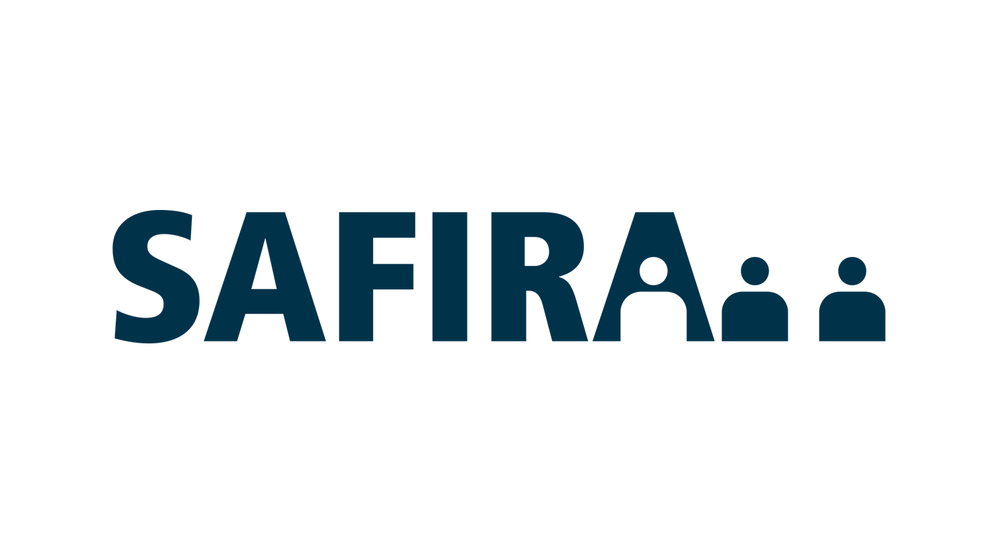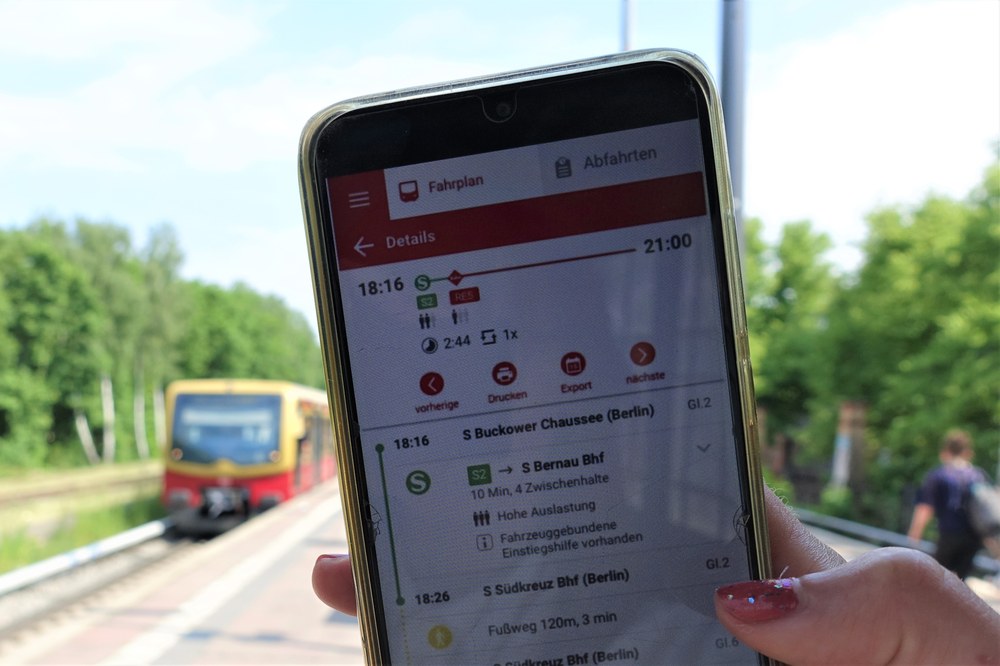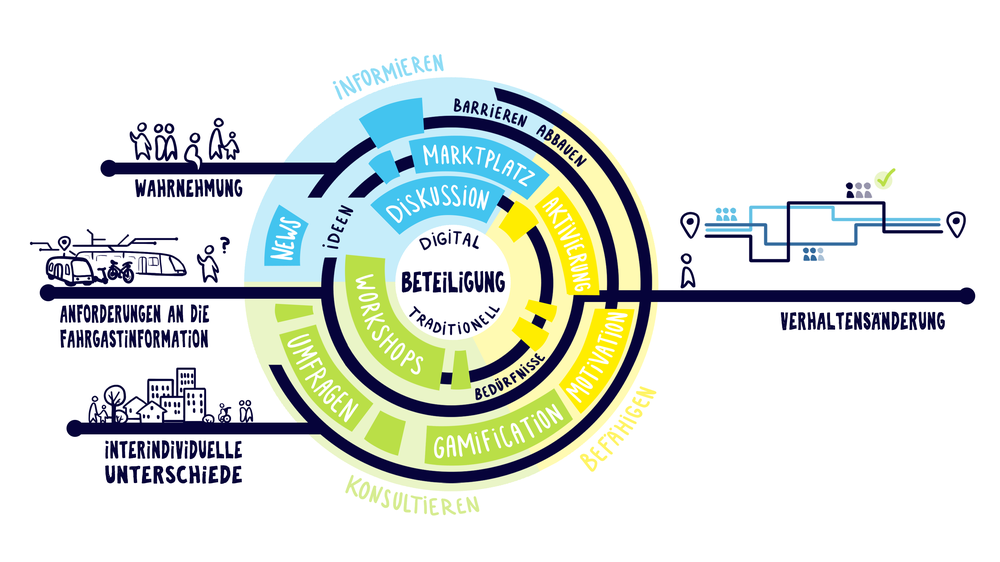Information Flow Modeling in Mobility Systems
The department conducts research on the informational foundations for the design of future mobility, with a view to all stakeholders – people, technical systems and services. Here, scientists develop methods for determining information needs, modeling information flows, and designing innovative solutions for digital, automated, and connected mobility systems based on this information.





